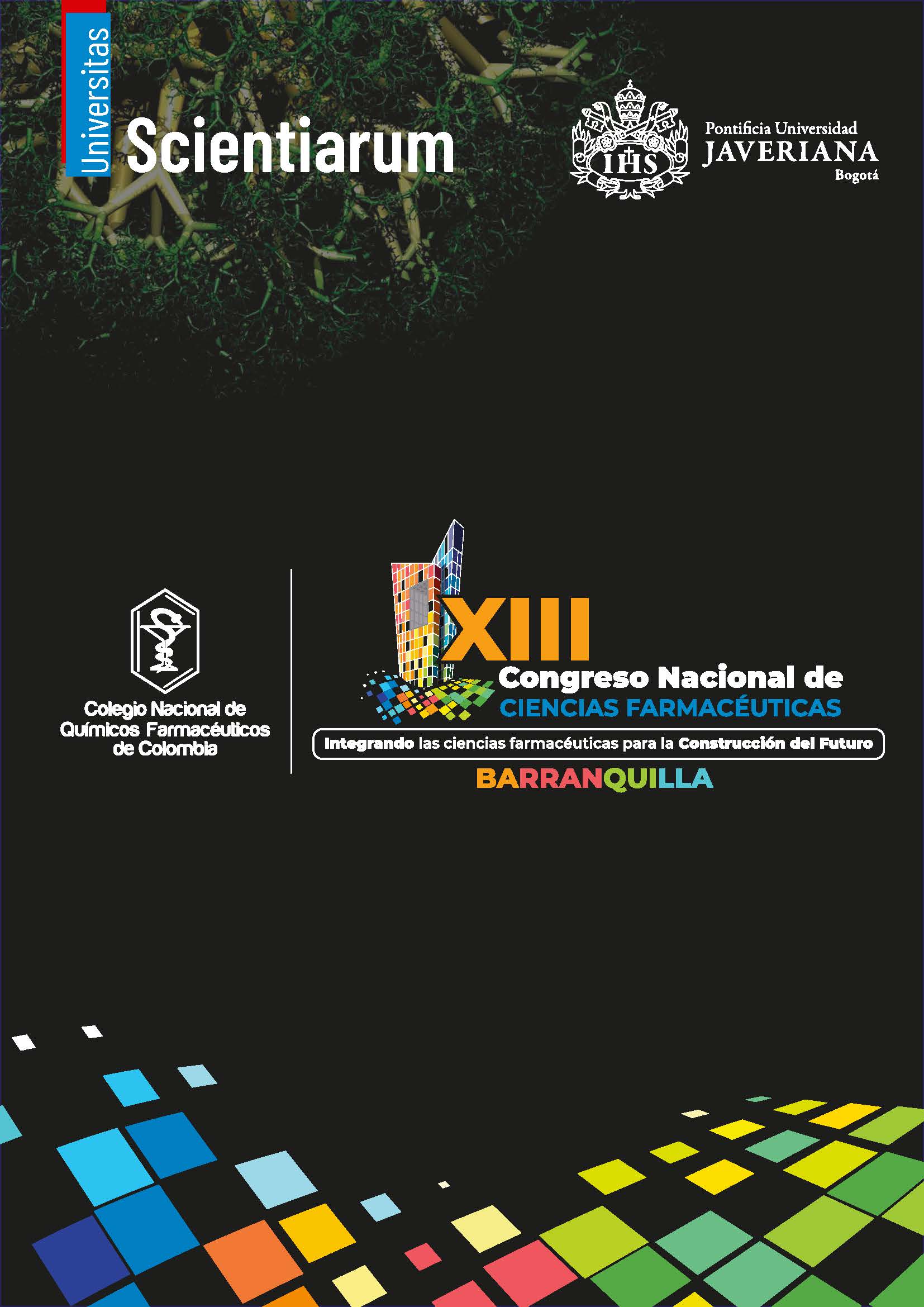Abstract
Facial skin care is important due to its influence on health and self-esteem. Facial toners play a key role by cleansing, balancing pH, and enhancing treatment effectiveness. The essential oil of Ocimum basilicum L. shows antimicrobial and anti-inflammatory activities, supporting its potential in acne treatment. Its antimicrobial effectiveness may vary with environmental and processing factors, highlighting the importance of formulation design. Despite its promising properties and local availability in Valle del Cauca, Colombia, few studies have explored its use in facial toners. This study evaluated the antimicrobial activity, stability, and consumer acceptance of formulations with different concentrations of basil essential oil. Fresh leaves of Ocimum basilicum L. ‘Genovese’ (12 kg) were shade-dried and steam-distilled for essential oil extraction. Three toner formulations (2 %, 3 %, and 5 %) were prepared with standard cosmetic excipients. Physicochemical properties, stability at 40 °C / 75% RH, and microbiological safety were evaluated. Antimicrobial activity against Propionibacterium acnes was tested by sensitivity assays and analyzed with the Kruskal–Wallis’s test. Consumer acceptance and efficacy were assessed through surveys, hydration tests, and acne reduction analysis. Steam distillation yielded 0.68% of pale-yellow essential oil. All formulations met cosmetic standards and remained stable for 90 days. Antimicrobial tests showed inhibition of Propionibacterium acnes at all concentrations, with the 3% formulation being the most effective (51 mm halo). Hydration assays indicated maintained or improved skin moisture, and microbiological analysis confirmed the absence of pathogens. Volunteer surveys reported full satisfaction with texture and cleansing, and 90% noted improved acne appearance. In conclusion, Ocimum basilicum essential oil can be successfully incorporated into cosmetic facial toners. The 3% formulation demonstrated the best balance between antimicrobial activity, stability, and consumer acceptance, supporting its potential as a natural alternative for acne treatment.

This work is licensed under a Creative Commons Attribution-NonCommercial 4.0 International License.


